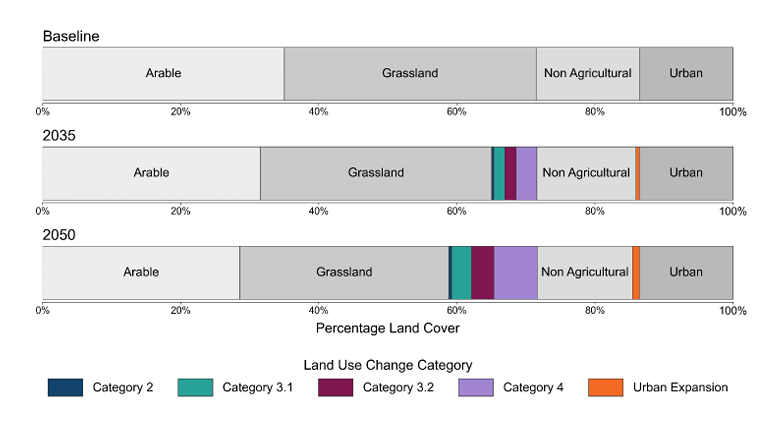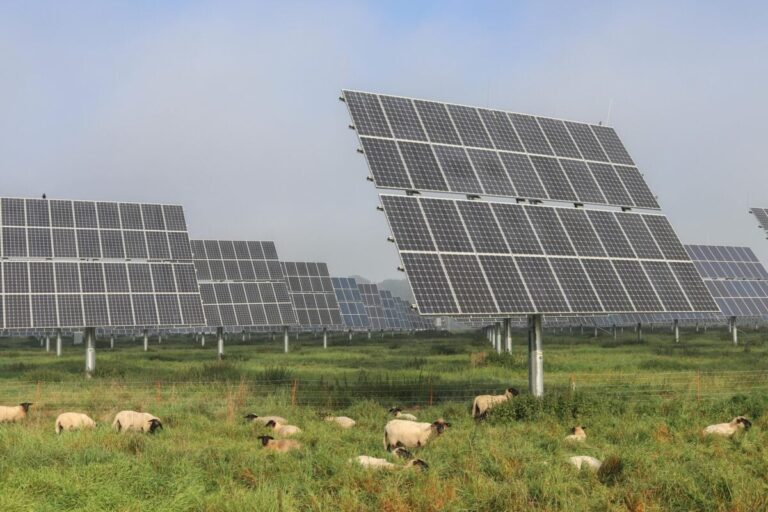The British government has opened consultations on a framework for land use, which makes it less likely that “high -quality agricultural land” has been lost due to renewable energy projects.
The Ministry of Environment, Food and Rural Affairs (Defra) opened consultations on the framework on January 31, which states that the framework will not “tell people what to do with their fields or replace the planning system”, but set out a direction For England land use and acknowledge the challenges that country managers are confronted with.
The framework was first suggested in 2021 and would be published in 2023. Significant delays have seen the scope and focus of the framework change over time. Defra said that this land use framework will ensure that “less of our high -quality agricultural land is removed from production”.
According to Minister of Milieu Steve Reed, the framework for land use will “work hand in hand” with government housing and energy plans, so clean power can be achieved by 2030, “without jeopardizing the production or nature of food”.
Government analysis showed that agricultural land will have to be reused to achieve the legal environmental and climate goals by 2050. However, the consultation also indicates that all important tools in 2022 in England, including solar and wind farms, electricity stations, waterworks, however, waterworks, waterworks, gas works, and waste places, only covered 0.2% of the country.

It has been suggested that Solar PV to reach the net goals of the UK would take up 0.29% of the available land (and 0.51% of all available agricultural land). To put this in perspective, British airports currently use 0.2% of the available land and golf courses use 0.51% of the available land.
Prior to the opening of the consultation, energy secretary Ed Miliband approved two Solar National Important Infrastructure Projects (NSIPs), both of which are partly on agricultural land. Environmental Secretary Reed said that the framework will provide information, making it “less likely that country will be used for solar farms if it is good for food production”.
Solar Industry Trade Association Solar Energy UK welcomed the consultation and noticed that solar farms offer “several simultaneous benefits”. In addition to the proven biodiversity improvements that can offer a solar development to an area, Seuk has worked to prove that agriculture and solar generation can exist next to farmers.
This is seen with the Great North Road Solar and Biodiversity Park of Elements Green, the “largest British solar farm to embrace grazing”.
Since it came to power last year, the government has made significant efforts to combat anti-Zonne rhetoric that made the subject of food security possible under the conservative government. In particular, the national planning policy framework has been updated to make it clear that the degree of agricultural land that can be used for solar development “should not be a dominant factor” in determining the applications.


